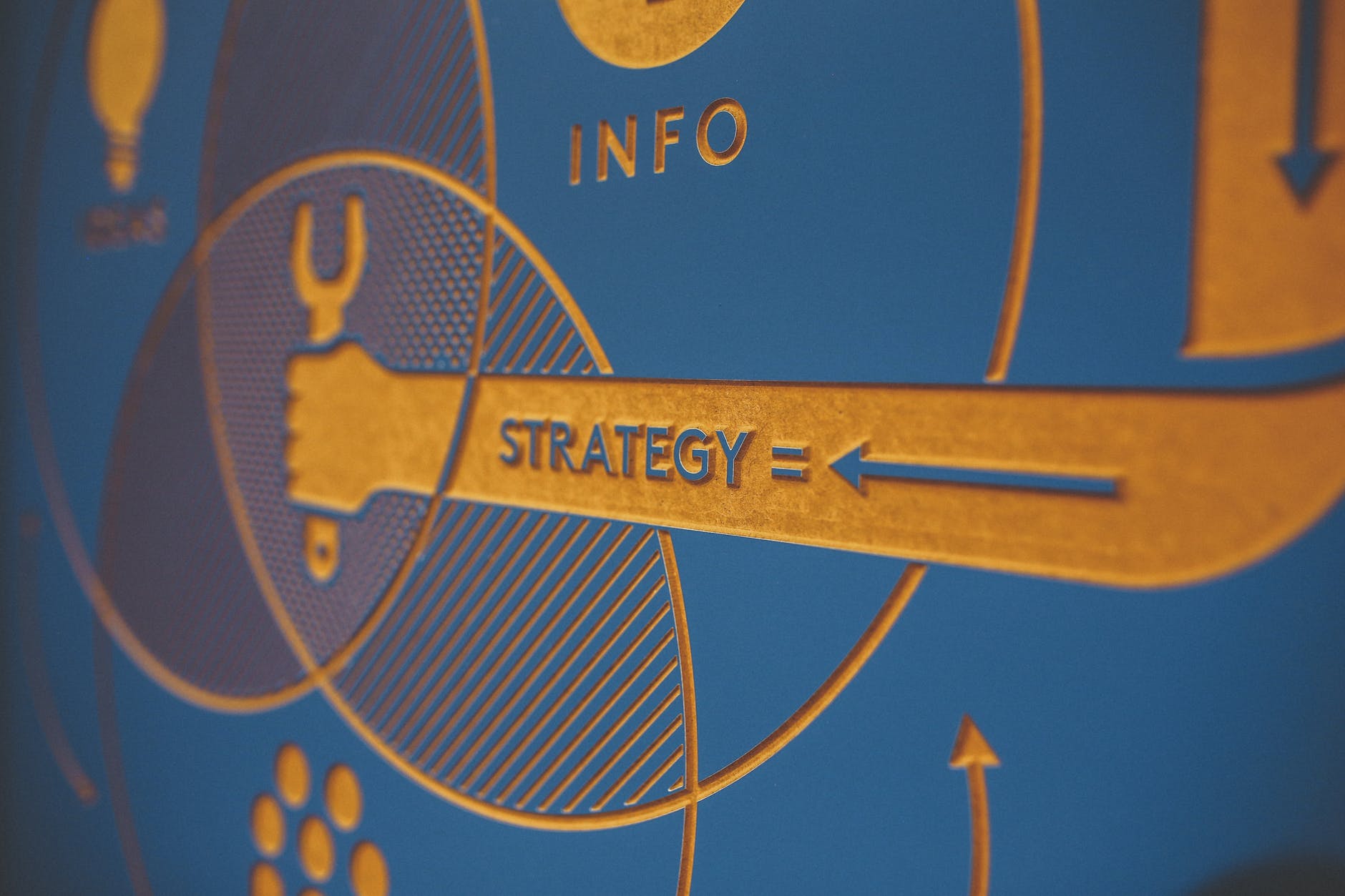Summary
IoT is one of the most disruptive trends in IT over the past 10 years, and more disruptions await. CIOs planning ahead of the curve can benefit from the disruptive nature of IoT and avoid falling victim to unforeseen market changes wrought by IoT disruptions.
Overview
Key Findings
- IoT is approaching the transformation level on Gartner’s Digital Disruption Scale, creating an opportunity to enhance or transform business models and, thus, creating a call to action for CIOs to prepare their technology, infrastructure, organization and team skill set capabilities.
- IoT has started to disrupt existing cross-functional enterprise relationships, skills and decision-making capabilities at the intersection of IT and the business unit.
- IoT’s most important disruptive role will be as the necessary enabler for future business model and ecosystem disruptions.
Recommendations
For CIOs working with chief strategy officers toward building and growing a digital business:
- Assess and document your company’s capabilities and your team’s skills, and add new IoT enterprise software skills as required.
- Establish a center of excellence where you can work with cross-functional peer groups to address culture and process changes that are needed to help enable IoT-driven digital transformation.
- Drive a scenario roadmap with your peer executives to identify — and prioritize — what changes IoT will have on your enterprise’s business models and ecosystems.
Analysis







